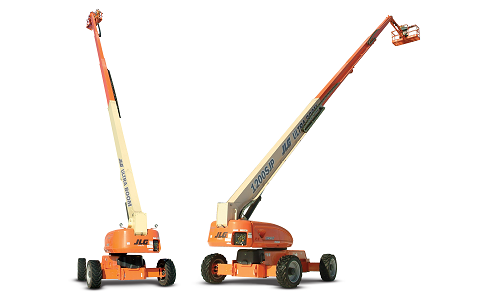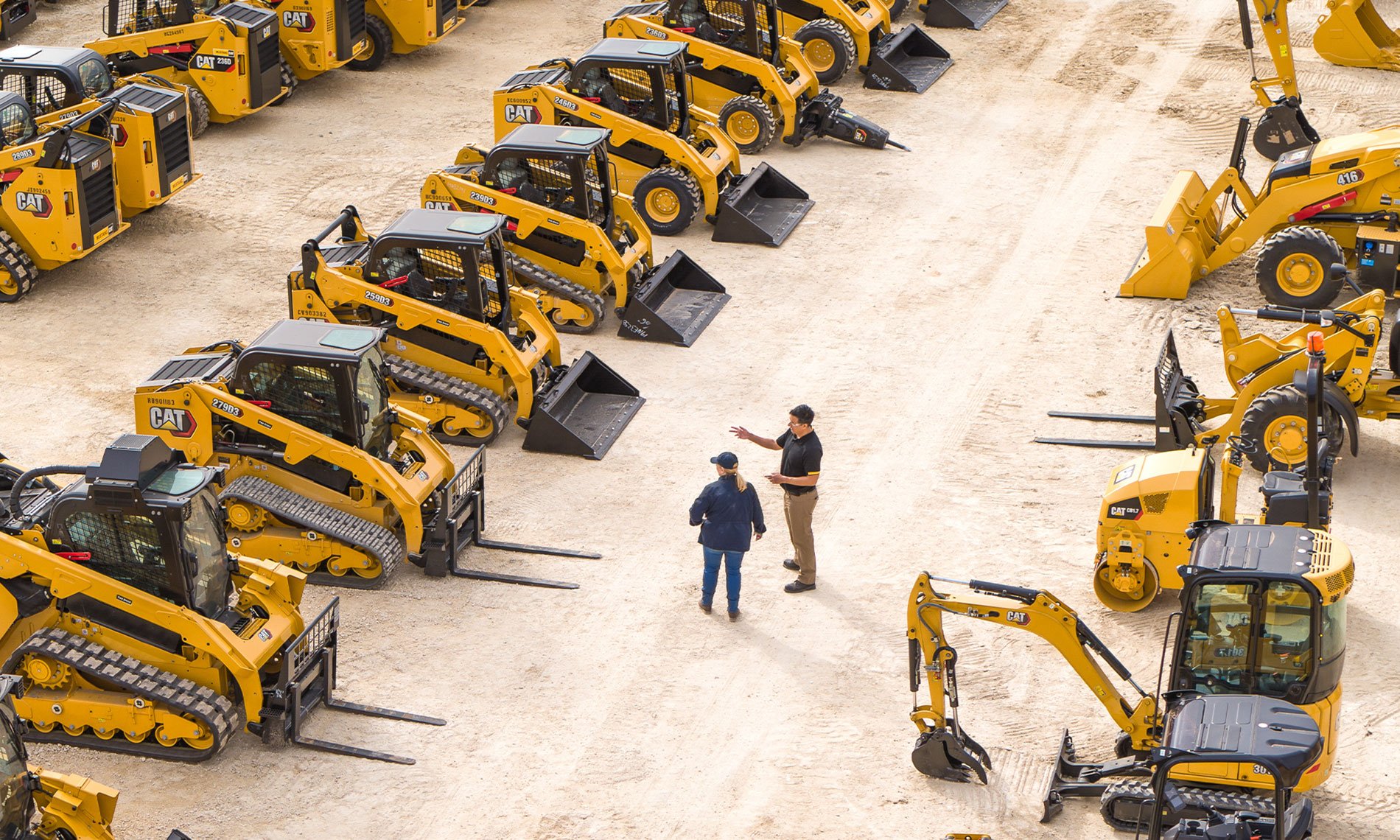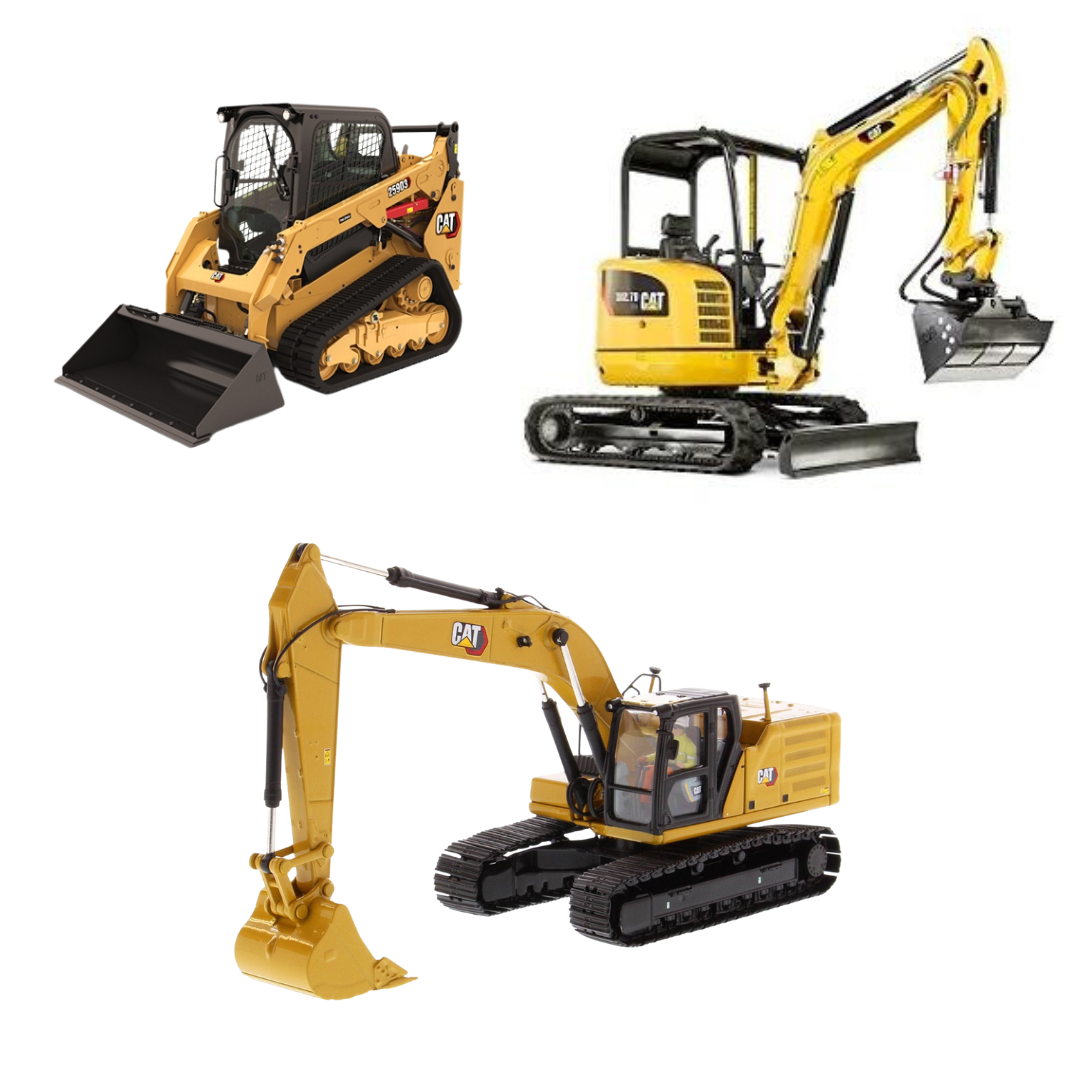Optimize Your Budget by Recognizing the Prices Related To Building And Construction Equipment Leasings
Comprehending the full range of costs linked with building tools leasings is important for optimizing your spending plan. What approaches can be used to effectively handle these prices and ensure an extra reliable rental experience?
Review of Rental Costs
When considering building and construction tools services, understanding the connected costs is extremely important for reliable budgeting and job planning. Rental costs can vary substantially based upon numerous elements, consisting of devices kind, duration of service, and area. The first rental cost often shows the equipment's market need and its connected operational capabilities, influencing the overall expenditure.
Along with the base rental rate, secondary prices may emerge, such as transportation costs, fuel surcharges, and upkeep charges. It is necessary to represent these extra costs to properly evaluate the total expense of leasing equipment. The rental duration can impact prices; longer rentals might qualify for affordable prices, while temporary rentals may incur greater day-to-day charges.

Failure of Rental Prices
A detailed understanding of rental rates is essential for service providers and project supervisors intending to enhance their budget plans. Rental prices for construction tools typically contain a number of parts, consisting of base rates, time-based charges, and usage charges.
Base rates are the core charges connected with the leasing of the tools, usually established by the kind and dimension of the machinery. These rates can vary dramatically, influenced by elements such as equipment need, accessibility, and regional market patterns. Time-based costs, which may be daily, weekly, or monthly, offer to accommodate various task timelines and rental durations.
Additionally, rental rates might include use costs, which are appropriate when tools is used beyond a defined threshold, ensuring that the rental company can account for damage. Seasonal need changes can additionally affect rental rates, with peak construction periods commonly commanding greater prices.
Moreover, recognizing the rental business's plans relating to maintenance and insurance coverage can supply additional understanding right into the total expense structure. By examining these components, professionals can make enlightened decisions, guaranteeing the option of rental equipment lines up with both job needs and budget constraints.
Additional Costs to Take Into Consideration
Understanding the intricacies of extra fees is critical for service providers to handle their general rental expenditures efficiently. Past the standard rental rates, different auxiliary fees can considerably affect the total expense of tools leasing. These fees commonly include shipment and pickup costs, which can differ based upon distance and logistics entailed in carrying the devices to and from the job site.
In addition, some rental business may impose gas surcharges if construction material hoist the equipment is returned with less gas than when leased. It is likewise important to know possible cleansing fees, particularly for specialized tools that needs complete maintenance after use.

Completely evaluating the rental contract and clearing up these added charges upfront can aid specialists make sure and avoid unforeseen expenses that budget plans continue to be intact throughout the task lifecycle.
Upkeep and Repair Service Expenditures
Routine repair and maintenance expenditures are frequently ignored elements that can dramatically influence the overall cost of building and construction tools services. When renting tools, it is critical to consider not just the rental costs but also the possible costs related to maintaining the equipment in optimum operating problem.
Numerous rental firms consist of standard upkeep as part of the rental agreement; nonetheless, a lot more substantial repair services or unforeseen breakdowns can lead to additional expenses. It's necessary to examine the rental agreement very carefully to understand what maintenance solutions are covered and what duties drop on the renter.
Additionally, devices that is not well-maintained can bring about inadequacies on the work site, possibly triggering delays and boosting task prices. To mitigate these threats, it is recommended to carry out routine examinations and preserve open interaction with the rental provider regarding any concerns that occur throughout use.
Insurance and Liability Prices
Insurance and liability costs are essential parts that can significantly influence the total cost of construction equipment rentals (dozer rental). These prices ensure that both the rental company and the client are protected from possible monetary losses occurring from mishaps, damages, or theft during the useful link rental period

Furthermore, clients ought to be mindful of any type of deductibles or exemptions in the insurance coverage, as these can influence potential out-of-pocket expenditures. Understanding the terms of any insurance policy coverage is vital to prevent unanticipated expenses. Eventually, budgeting for insurance and obligation costs can aid make sure a smoother rental experience and shield against economic dangers connected with construction projects.
Conclusion
In verdict, a detailed understanding of the expenses connected with building equipment services is vital for effective spending plan monitoring. Ultimately, notified decision-making relating to equipment rentals adds to the overall success of building and construction endeavors.
Rental prices can differ substantially based on a number of variables, including tools type, duration of rental, and area (equipment rental company). The rental duration can influence pricing; longer rentals may qualify for affordable prices, while temporary services might incur greater day-to-day costs
By carrying out complete research and engaging with trustworthy rental companies, professionals can effectively browse the complexities of rental rates, ultimately optimizing their monetary resources.
Past the conventional rental prices, numerous supplemental costs can dramatically impact the overall price of devices service. Rental business usually provide obligation insurance coverage that covers injuries to 3rd celebrations or damage to home, loader heavy equipment while devices damage insurance coverage can cover the expense of repair work or substitute if the rented equipment is damaged.